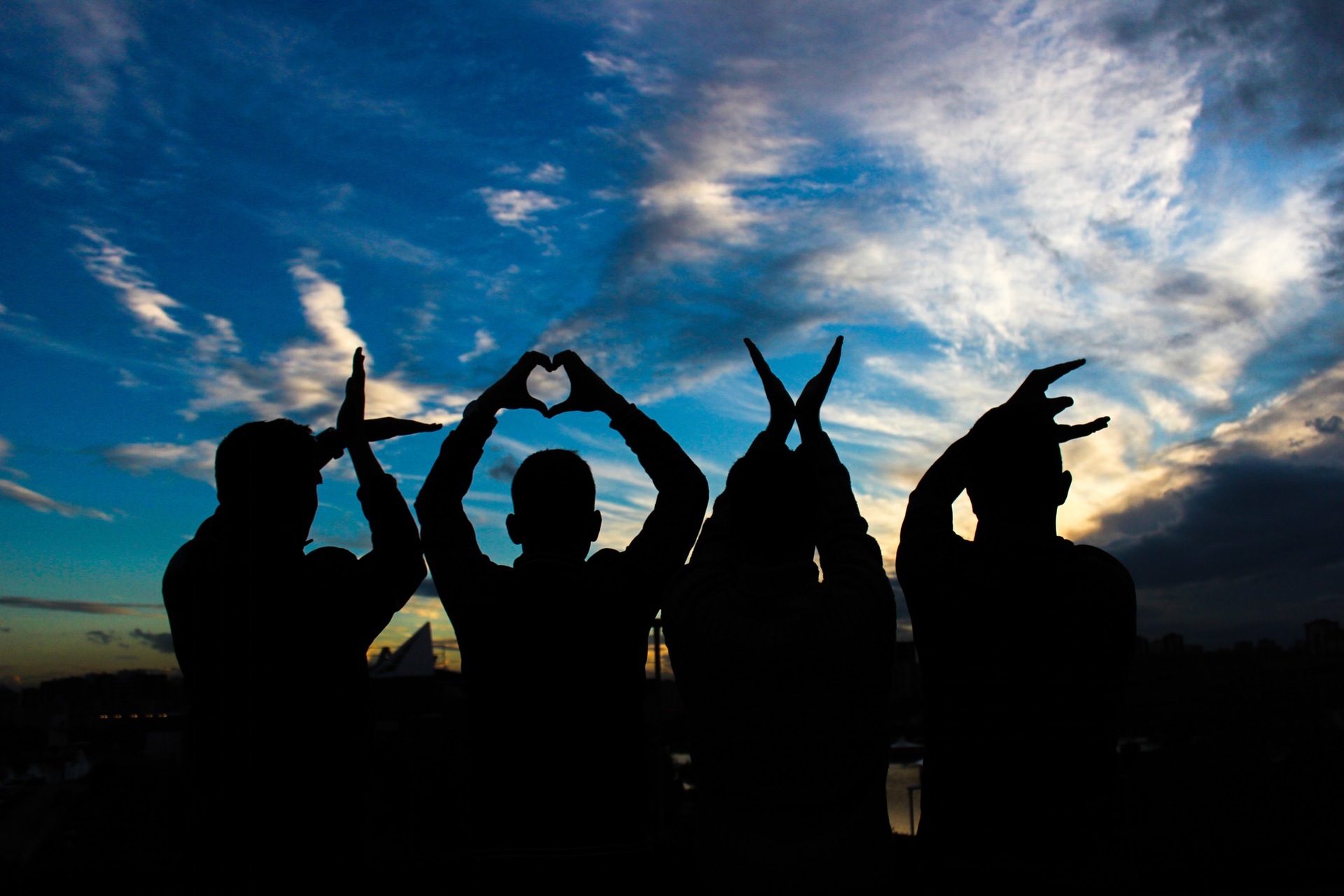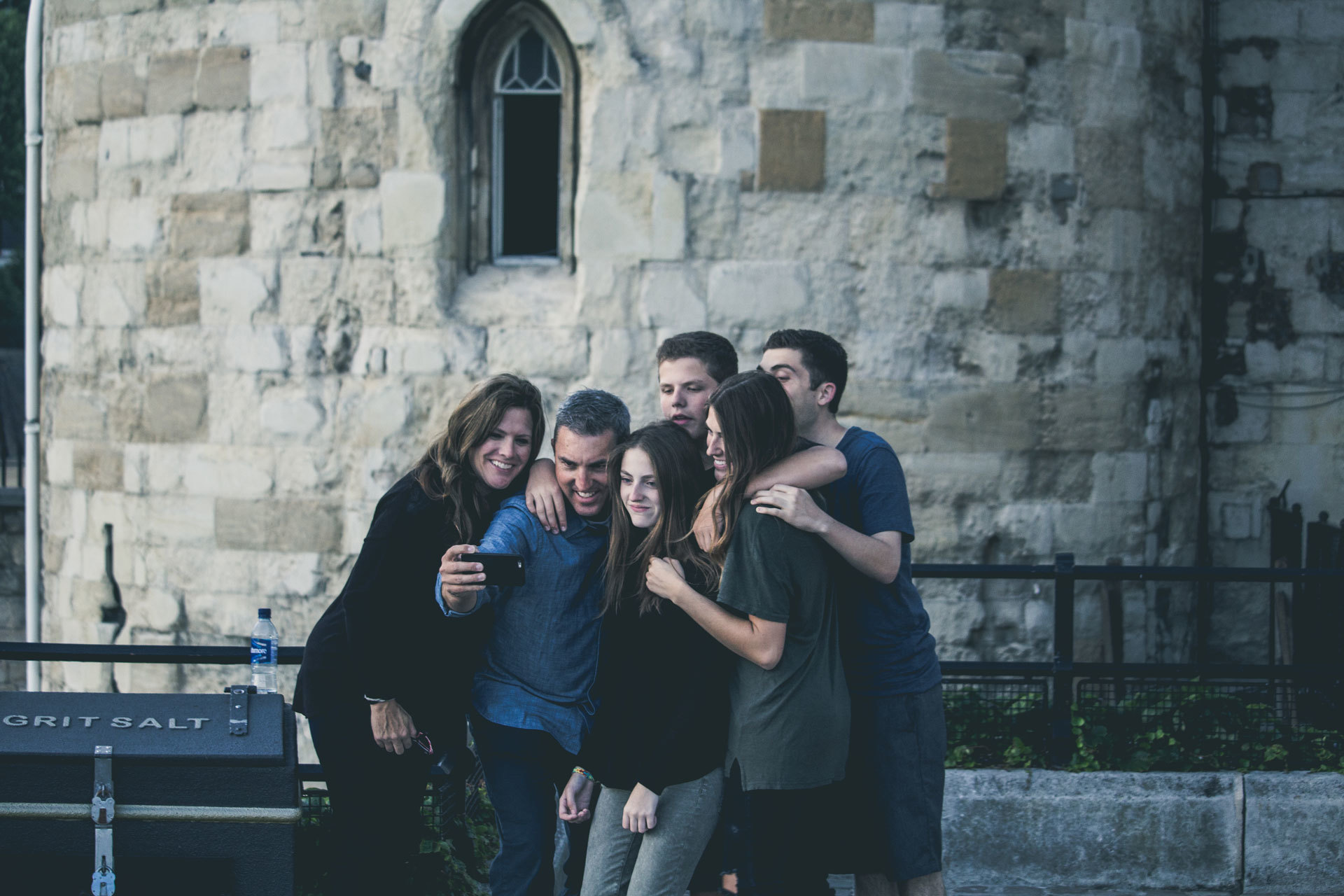The American family changed drastically over the course of the 20th Century, and will continue to change as we move into the 21st Century. Perhaps by exploring what 20th century families looked like, we can predict how millennial’s families will look.
Traditionally, the main family structure was the extended family. This was both a social norm, and a necessity. Families would consist of three generations: elderly parents, adult children, and their young children. The elderly would be cared for by their children, and in return would take a role in raising their grandchildren.
.jpg)
However, at the beginning of the 20th Century, we start to see an evolution that indicates the extended family is in decline. One of these changes was the increase in childcare options, meaning parents could work without having to rely on other family members for childcare. By World War I, all the major school districts had kindergartens, and by 1920, 11% of the children who were the right age attended kindergarten.
Another important change was the rise of the pension at the beginning of the 20th century. During World War II, on April 8th 1943, President Franklin D. Roosevelt issued Executive Order 9328. This froze wages and anything related to the cost of living, to combat wartime inflation. Thus, employers began to offer their workers new incentives. Pension plans fit the bill, and they grew in popularity throughout the period. From 1940 to 1960, the number of people covered by private pensions increased from 3.7 million to 19 million (30% of workers) according to the Employee Benefit Research Institute. Pensions meant that the elderly were able to live independently, and did not have to rely on their adult children.
Related articles: “MILLENNIALS MAKING A CHANGE“
“JENNY SANTI REVEALS THE SECRET TO HAPPINESS“
This means that by the middle of the 20th Century, the nuclear family (parents and their children) became the quintessential family. During the 1950s, the economic boom led to low unemployment. Men were at work, and women could stay at home to raise the children. According to the Bureau of Labour Statistics, only 33.9% of women participated in the workforce in 1950. Though many view the 50s as a golden age of domestic bliss, the family structure was stable, but rigid and confining.

Things changed in the 70s. On the 1st of January 1970, Governor Ronald Reagan enacted the first no fault divorce law in the country, in his state of California. Divorce became easier during this period, and rates increased.
The 80s were booming years for divorce, partially since they were bust years economically. This lead to the rise of the blended family in the 80s and 90s. The blended family is a family comprised of stepparents, stepsiblings, halfsiblings etc. Over half of American families are remarried, and 75% of divorcees will remarry. Although the nuclear family is still seen as the ideal, the blended family is increasingly common, and as with most things, the stigma has decreased over time. Stepparents mean children are increasingly being partially raised by family members who are not genetically related to them. Despite their bad reputation in fairy tales, stepparents have become a fact of life for many.

Photo Credit: ABC/Capital Studios
So what will families look like in the future?
We now know a genetic relationship is not a necessity for being a good parent, and parents don’t need to be together raise their children. Gwyneth Paltrow and Chris Martin’s “conscious uncoupling”, and their family holidays after their split, are just another example of the modern trend for people who are not romantically involved raising children. The idea that one must be in an exclusive romantic relationship to parent is disappearing. Co-parenting describes parents who are not together, generally following a split. However, it is not necessary to have ever been romantically involved to co-parent.
One notable proponent of this style of co-parenting is supermodel Josephine Skriver. In an interview with i-D she discusses how her mother and father met and decided to bring her and her brother into the world. They were both gay and had partners, but met through a LGBTQ newsletter after her mother asked if anyone wanted to help her bring a child into the world. Josephine was raised by her parents and their partners, who she described as her “bonus mom” and “bonus dad.” She said “I feel very blessed… my parents had so much [love] to give.” Ms. Skriver has been using her huge platform as a Victoria’s Secret Angel to normalise different forms of family.
Since co-parenting is gaining in traction, websites like Modamily have been set up to allow adults to meet and raise children together platonically. As time goes on, platonic co-parenting, where people consciously decide to raise a child together despite never being romantically involved, will become increasingly common.
Just as gender is now seen as something people can define for themselves, family will also become something that people choose for themselves.
Relationships are becoming increasingly self-defining, there has been an explosion in the language used to describe them. People are taking a more active role in the formation of language, whether it be creating the right word for their relationship, or their gender. Words like “monogamish,” and “polyamory” are constantly entering popular parlance. People are creating relationships that work for them, then creating the language to describe them. Every aspect of relationships is now up for discussion, from whether they want to be monogamous, to whether they even want to have sex. This is all part of a growing force that is breaking down the boxes that previous generations found themselves in, and allowing people to do what feels right for them.
Just as gender is now seen as something people can define for themselves, family will also become something that people choose for themselves.
However, with the advent of the platonic co-parent and the rise of polyamory, there is no reason why parents should come in pairs. We will increasingly see three or four people choosing to raise children together, and benefiting from dividing the childcare between them.
This would be convenient in a world where women often wonder if they can have it all. Since women started entering the workforce in large numbers, they have suffered from the dual pressure of having a career and raising a family, especially since men often still expect them to come home from work, then do the majority of the housework and childcare.
If multiple parents decide to pool their financial and emotional resources, it will make it easier for all of them. Moreover, rising housing costs in many areas mean that sharing living spaces such as the kitchen and sitting room would mean that families could have more space at a cheaper price. It is also likely that raising children in this way will decrease the number of children per capita, since children will be able to have siblings without each parent having to have multiple children. In a world where overpopulation and its affects on the environment are a widespread concern, it is likely that parents will consciously choose this.
So what will become normal in the 21st Century? I think the platonic family and multiple parents will be seen as quintessentially mid-20th century. Even if they are not the most common family structures, they will become synonymous with the era the way shoulder pads have become synonymous with 80s fashion. But the real norm will be the sweeping away of norms, and preconceptions of what families should look like.











